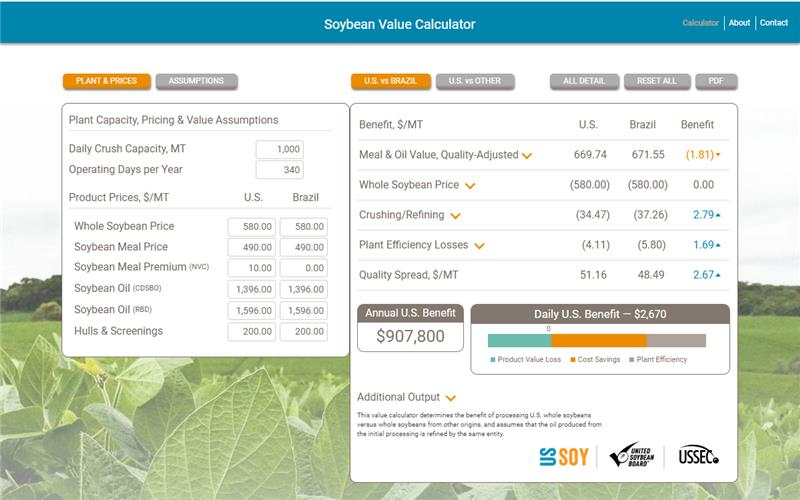
At their core, farmers are stewards of our land – truly, the original conservationists. Feeding, fueling, and clothing the world, however, poses an ever-evolving challenge. In many instances, the challenge has simply been this: do more with less. Less land, fewer resources, labor shortages, and more. In the face of this challenge, the U.S. agriculture industry shines, and perseverance, innovation, and stewardship come to the forefront.
From tilling practices to cover crops and water and energy conservation, the U.S. agriculture industry has worked diligently for decades to not only conserve resources, but also leave the land better than they found it for the next generation. When it comes to livestock and poultry production, the same values hold true.
The animal protein production industry plays a significant role in global food systems, and simultaneously has a great responsibility for maintaining sustainable practices that mitigate potentially negative environmental impacts and improve animal health and welfare.
An important aspect of sustainable livestock and poultry production is nutrition. Feed is the most significant cost in production, and it can also influence the sustainability of any given operation. Producers have a dollars and cents incentive to reduce feed wastage, but there’s more to optimizing diets than just the bottom line.
“Precision nutrition” is a term you’ve likely heard. This simply refers to the use of technology to optimize feed formulations and nutrient levels for individual animals. This approach can help improve health and welfare by ensuring each animal receives the correct nutrients in the correct amounts. Precision nutrition can also have a positive impact on performance by fine-tuning nutrient use and improving efficiency at the individual animal level. And last, but certainly not least, it can help reduce the environmental impact of production by ensuring no feed or nutrients are going to waste.
One can also look at the feed matrix itself through a sustainability lens. Standard rations are often built on a corn and soybean base, and therefore sustainably produced U.S. Soy, for instance, can play an important role in creating the optimal feed matrix. Many U.S. soybean farmers put conservation tillage methods, cover crops, and other sustainable farming practices to use in order to reduce their environmental impact, while also maintaining yields, quality, amino acid profile and energy content.
The U.S. Soybean Export Council (USSEC)’s latest innovation, with support from the soy checkoff – the Soybean Value Calculator – enables crushers to calculate and compare the economic value of crushing soybeans from the U.S., Brazil and other origins. Based on origin-specific whole soybean characteristics, the calculator estimates the true, quality-adjusted whole soybean crush margin by accounting for co-product yields, soybean meal nutrient value, soybean oil refining costs, and plant efficiencies. Watch this video for a demonstration of how this tool works.
